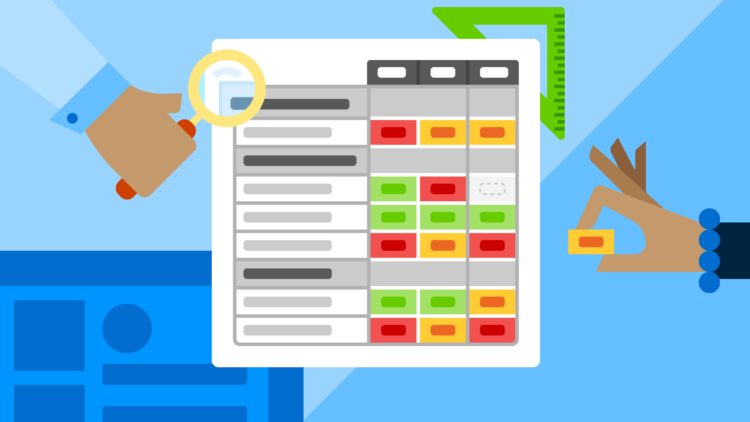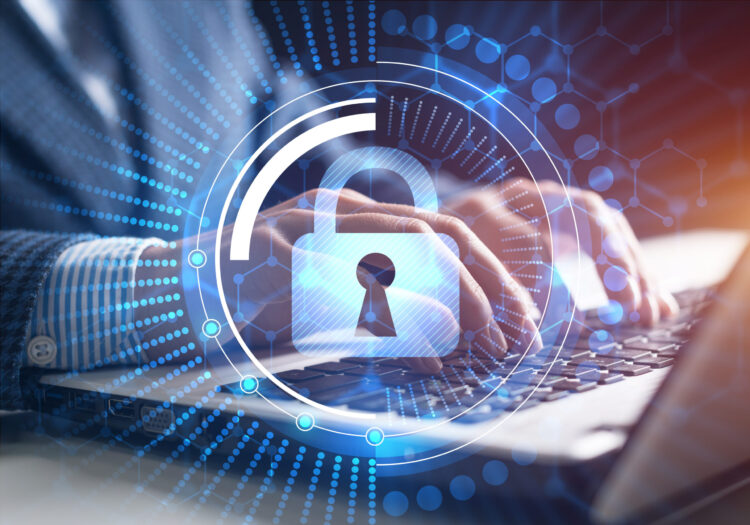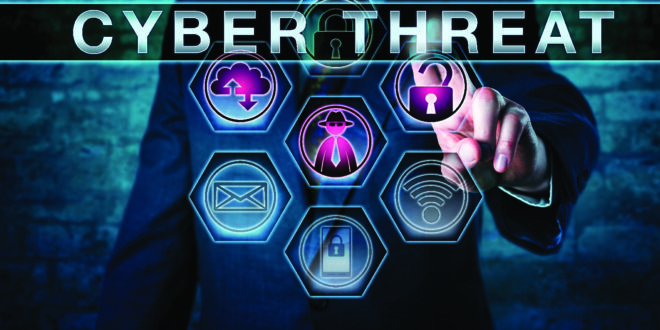In today’s interconnected world, where data drives businesses and personal lives, cybersecurity threat management has become paramount. Cyber threats are evolving rapidly, targeting individuals, organizations, and even governments. The consequences of a successful cyber attack can be devastating, leading to data breaches, financial losses, and reputational damage. Therefore, understanding and countering these threats is essential to safeguarding sensitive information and maintaining trust with stakeholders.
Understanding cyber threats: Types and characteristics

In the realm of cyber security threat management, understanding the diverse forms of cyber threats becomes paramount. These threats, ranging from malware like viruses, ransomware, and trojans, which aim to infiltrate systems and manipulate data, to phishing attempts that deceive users into divulging sensitive information, each possess distinct characteristics. Denial of Service (DoS) attacks pose yet another risk, overwhelming systems and causing downtime. Moreover, highly sophisticated Advanced Persistent Threats (APTs) linger stealthily within target networks for prolonged periods. Recognizing and comprehending these threats is essential for devising effective defense strategies that can safeguard against potential cyber intrusions.
Common attack vectors: Identifying vulnerable entry points
Identifying vulnerable entry points is critical in combating cyber threats through common attack vectors. These vectors offer attackers opportunities to breach a system’s defenses and compromise sensitive data. Unpatched software and misconfigured systems create weak points that malicious actors can exploit. Weak passwords and social engineering tactics target human vulnerabilities, making employees unwittingly susceptible to attacks. Additionally, inadequate security policies and vulnerable network devices provide further entry points for infiltration. By understanding these common attack vectors and their potential risks, organizations can proactively strengthen their measures. Implementing robust access controls, regular software updates, and employee training can significantly reduce the likelihood of successful attacks, fortifying the overall defense posture.
Risk assessment process: Evaluating potential cybersecurity risks

A comprehensive risk assessment process is vital to determine an organization’s exposure to cyber threats. It involves identifying and classifying assets, analyzing threats and vulnerabilities, and calculating the potential impact of successful attacks. This process helps prioritize resources, focusing efforts on critical areas that require immediate attention. A risk assessment provides the foundation for a tailored strategy, ensuring resources are utilized effectively.
Proactive measures: Implementing preventive security measures
Proactivity is key to thwarting threats. Organizations must implement a layered defense approach, combining firewalls, intrusion detection systems, and endpoint protection. Regularly patching and updating software reduces vulnerabilities, while network segmentation limits the lateral movement of attackers. Strong access controls, multifactor authentication, and encryption protect data and limit unauthorized access. By adopting preventive measures, businesses can reduce the attack surface and deter potential threats.
Incident response planning: Preparing for cyber emergencies

Incident response planning is a crucial aspect, aimed at preparing organizations for inevitable emergencies. It involves creating a well-defined and tested plan that outlines specific actions to be taken in the event of an incident. The goal is to minimize the impact of the attack, swiftly mitigate the threat, and restore normal operations. A well-prepared incident response plan assigns clear roles and responsibilities to team members, establishes communication channels, and outlines step-by-step procedures. By being proactive in their approach, organizations can effectively handle emergencies and safeguard their critical assets.
Security tools and technologies: Enhancing threat detection capabilities
Advancements in cybersecurity technologies have empowered organizations to bolster their threat detection capabilities. Intrusion Detection Systems (IDS) and Intrusion Prevention Systems (IPS) monitor network traffic for suspicious activities. Security Information and Event Management (SIEM) platforms aggregate and analyze security event data for potential hazards. Machine learning and artificial intelligence enable real-time threat analysis and response automation. Implementing these tools enhances an organization’s ability to detect and respond to threats promptly.
Employee training and awareness: Strengthening the human firewall
Employee training and awareness play a vital role in strengthening the human firewall against threats. Humans are often the weakest link in an organization’s security chain, as phishing attacks and social engineering tactics target employees’ lack of awareness. By providing comprehensive training, employees can recognize and respond to potential threats effectively. Training should cover best practices for password management, identifying suspicious emails, and handling sensitive data securely. Cultivating a security-conscious culture fosters a proactive approach toward cybersecurity, where employees become active defenders of their organization’s digital assets. Regular awareness campaigns and simulated phishing exercises keep employees vigilant and prepared. By transforming employees into a robust human firewall, organizations can significantly reduce the risk of successful cyber attacks stemming from human error and negligence.
Third-party risk management: Assessing external vulnerabilities

Third-party risk management involves the crucial task of assessing external vulnerabilities that may pose potential hazards to an organization’s cybersecurity. Relying on third-party vendors or partners exposes businesses to new entry points for cyber attacks. Conducting thorough due diligence on these external entities is essential to identify any security gaps they may have. Clear contractual agreements outlining security responsibilities should be established to ensure accountability. Regular audits and assessments of third-party security practices help mitigate risks and ensure compliance with security standards. By addressing third-party vulnerabilities, organizations can significantly reduce the likelihood of breaches through this often-overlooked aspect of cyber risk management, bolstering the overall resilience of their digital ecosystem.
Continuous monitoring and updates: Ensuring ongoing protection
Cybersecurity is not a one-and-done effort. Continuous monitoring and regular updates are necessary to stay ahead of evolving threats. This involves monitoring network traffic, system logs, and security alerts to identify anomalous activities. Regular vulnerability assessments and penetration testing help identify and patch weaknesses promptly. Staying informed about the latest cybersecurity developments and adapting security measures accordingly is crucial in maintaining a robust defense posture.
Conclusion: Emphasizing the need for a robust cybersecurity strategy

In conclusion, cyber threats are persistent and ever-evolving, necessitating a proactive and comprehensive cybersecurity hazard management approach. By understanding the types and characteristics of dangers, identifying vulnerable entry points, and conducting thorough risk assessments, organizations can implement preventive measures and prepare for cyber emergencies. Emphasizing employee training, managing third-party risks, and utilizing advanced security technologies to fortify defenses. Continuous monitoring, updates, and adaptation to new threats are vital for maintaining ongoing protection. A robust cybersecurity strategy is imperative to safeguard sensitive data and ensure the long-term viability of any organization in today’s digital landscape.
 Hi Boox Popular Magazine 2024
Hi Boox Popular Magazine 2024



